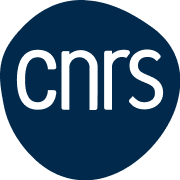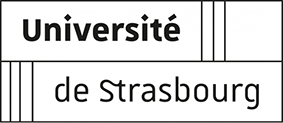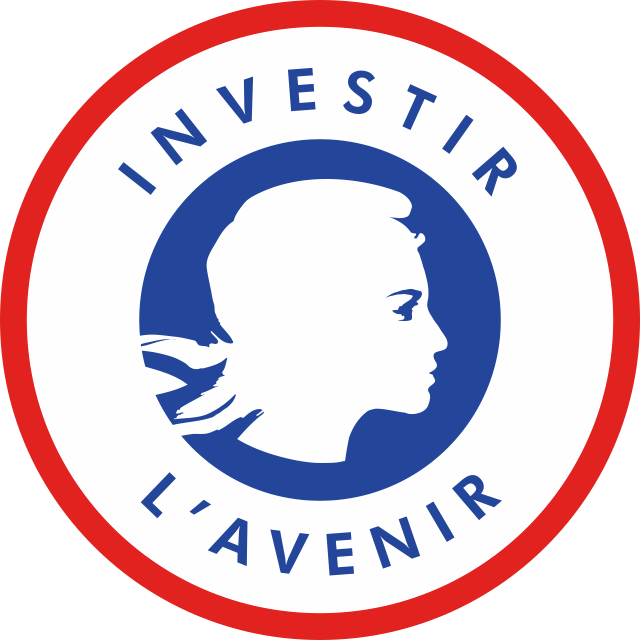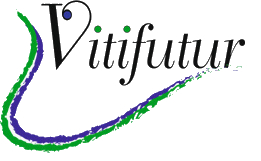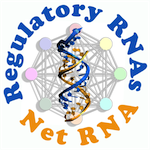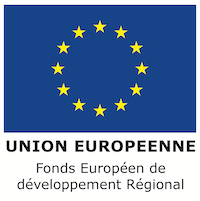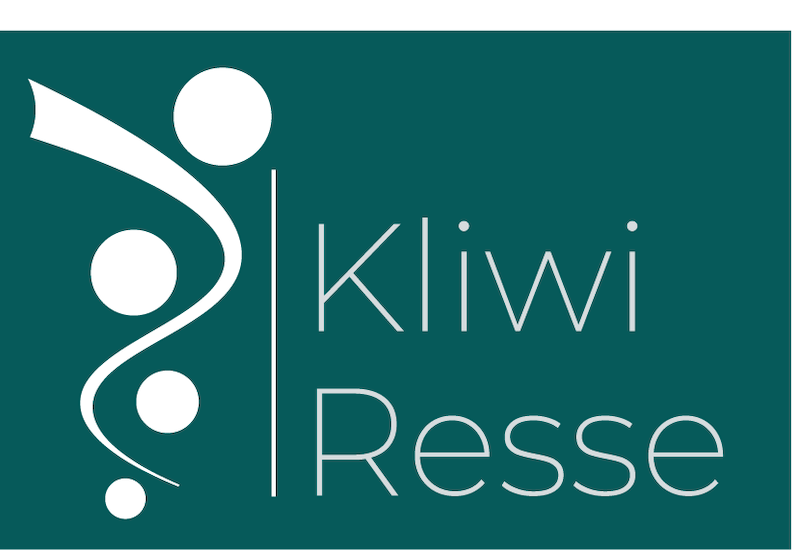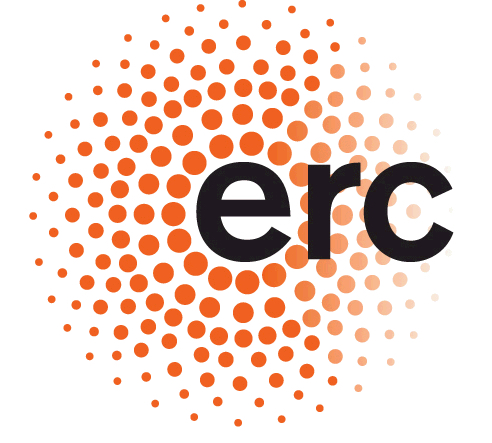Our group aims at unraveling the functional roles of three-dimensional chromosomal architecture. We use molecular biology tools, bioinformatic approaches, and classic genetics to demonstrate that 3D-chromosome folding goes beyond merely packing long chromosomes into tiny nuclei.
For many decades, the study of genomes has predominantly focused on the function of genes. With the advent of high-throughput DNA sequencing technologies, we have gained a more holistic view of genomes and discovered their highly organized and regulated structures. In addition to the linear genome, we explored the epigenetic landscape that subdivides entire chromosomes into distinct regions with unique epigenetic signatures. These signatures, arising from chemical modifications of chromatin (the combination of DNA and associated proteins), play a pivotal role in regulating gene activity and other genomic features. Hence, to fully understand genome function, we must consider not only the DNA code but also other levels of genome organization.
As a third level, 3D folding of chromosomes has gained increased attention over the last years. We investigate the interplay between the organizational levels of the genome and particularly explore the relationships that 3D-genome organization has with the DNA sequence and the epigenome.
We investigate the potential of 3D-chromatin folding as an essential biological function on both micro-scale cellular processes and macro-scale evolution. Specifically, we have made significant strides in understanding a specific 3D-chromatin structure, known as the KNOT. It is involved in genome’s defense system and consists of ten KNOT Entangled Elements (KEEs), enriched in transposons, and associated small RNAs. Through 3D association, invasive DNA elements, such as transgenes, become linked to KEEs, associated with the complete shutdown of these parasitic DNA elements.


